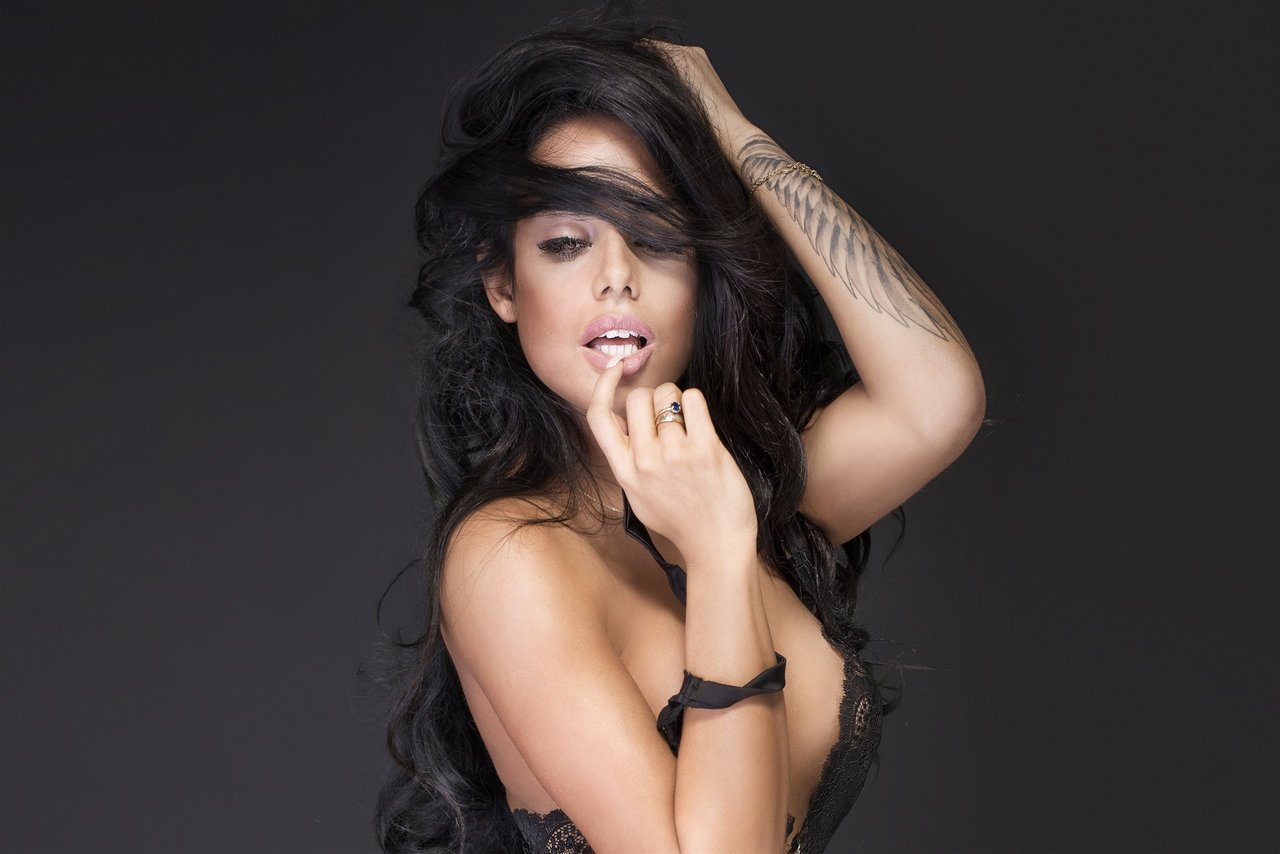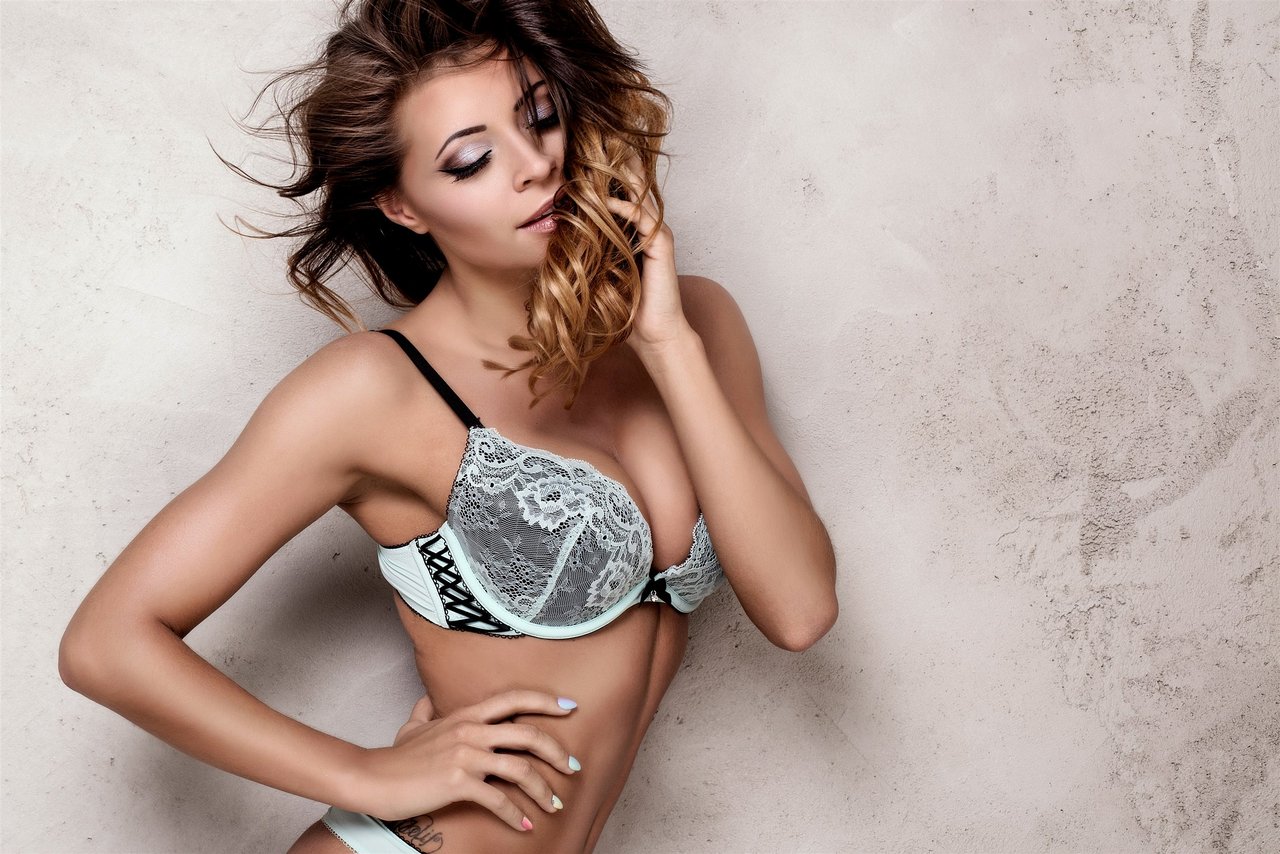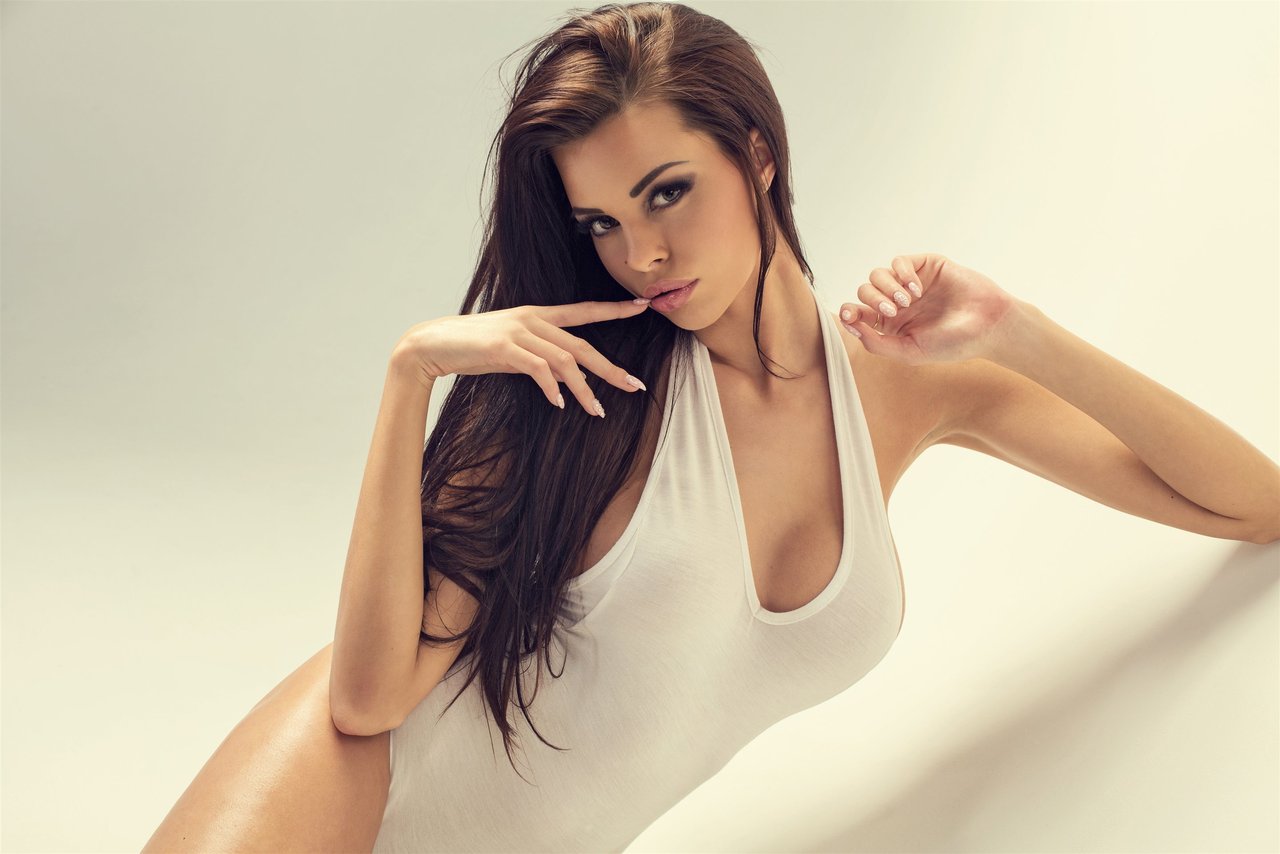Bisexual Lighting Colors and Symbolism: The Palette of Bisexual Identity
In every major city, you’ll see it—neon pink, blue, and purple glimmering in the dark. These aren’t just pretty lights. This palette represents bisexual lighting, a powerful visual cue. The colors are directly lifted from the bisexual pride flag: pink for same-gender attraction, blue for attraction to different genders, and purple for the blend—where everything merges, where bisexual identity lives. Each color talks to a part of you that may not always find words.
When you see a club bathed in a swirl of indigo, magenta, and electric blue, something shifts. There’s a feeling of being recognized, not just as a face in a crowd but as someone with layers. Everyone deserves a symbol that reflects back their complexity. A simple light can whisper, “You belong.” This is why bisexual lighting isn’t just a trend in pop culture—it’s a statement. It reshapes how we see ourselves and how we’re seen.
In public spaces, the glow acts like a flag made of photons. It invites the bisexual community in, allowing them to move freely and boldly. The colors echo across art installations, festivals, and even social feeds, forming a bridge to visibility. LGBTQ symbolism isn’t just about being seen. It’s about who gets to define what visibility means. Bisexual lighting colors do the work of claiming space, and sometimes, that space is all you need to start feeling real.
Bisexual Lighting Meaning: Why This Visual Language Matters
Visual language sneaks up on you. It’s the meanings you feel before you can speak them out loud. Bisexual lighting meaning isn’t about an official definition. It’s about what happens inside—comfort, pride, relief—when bathed in those neon lights. In LGBTQIA+ culture, bisexual lighting is a kind of unspoken code. It marks films, music, even bedrooms as places where identity expression runs deeper than words.
Representation matters. Neon blue, pink, and purple tell bisexual people, “You’re not invisible.” On social media, the colors are everywhere, saturating TikTok edits and Instagram selfies. Art installations capture the pulse of these hues, turning a wall or a photo into a lighthouse for anyone needing to see themselves reflected. The meaning isn’t fixed; it evolves with every generation. What lit up a film set in 2018 means something different on a Gen Z profile in 2024. Context, audience, and self all play a part.
In the end, bisexual lighting is more than a light show. It’s layered identity, projected into the physical world. It tells a story of presence and possibility that stretches beyond hashtags. To see the spectrum is to see the person—messy, shifting, refusing to be nailed down.
The Bisexual Pride Flag: Origins, Colors, and Influence On Lighting Trends
The bisexual pride flag is where the story really begins. It’s bold—pink, purple, blue stripes stacked in solidarity. Designed by Michael Page in 1998, the flag’s split colors speak volumes: pink for homosexual attraction, blue for heterosexual attraction, and purple as the vital blend between. That mix isn’t just color theory—it’s lived experience in visual form.
These hues aren’t trapped on cloth. In pop culture and queer spaces, they seep into club lighting, mood boards, even digital art. Bisexual lighting draws directly from the flag’s palette. Each use makes the message a little louder: bisexual people exist, they shift, and their visibility matters. Lighting becomes a tool—a flashlight, not a spotlight—that gives real-time visibility to those often left in the shadow of binaries.
Symbols do work. They open doors and build bridges. The bisexual flag and its colors have become markers in the world, the same way a rainbow flag marks a parade. Visual cues like these make it easier for people to find each other, to carve out inclusive environments, and to see at a glance: “We’re welcome here.”
The History of Bisexual Lighting: From Online Art to Pop Culture Phenomenon
Rewind to the late 2010s—a digital era hungry for identity, ready to remix anything. That’s when bisexual lighting first started pulsing in online art communities. Social media did what it does best: amplified a whisper into a roar. Suddenly, Tumblr gifs and vaporwave edits were soaked in that unmistakable gradient. History was in the making, but nobody called it that yet.
Pop culture picked up fast. Everything from “Atomic Blonde” to music videos to indie short films leaned into the look—neon-lit, moody, bursting with symbolism. Queer advocacy used these colors to demand more than tolerance: dignity, complexity, and real media presence. The trend didn’t just wander into the mainstream; it kicked the door open. By the time critics started debating bisexual lighting as a trope, bisexual youth had already claimed it as their own code—one part rebellion, one part invitation.
Now you’ll find these colors all over, especially wherever young people gather or scroll. This isn’t just a trend; it’s a chapter in a longer story of LGBTQIA+ struggle and self-affirmation. Sometimes, cultural history looks like flickering RGB bulbs setting the mood for real change.


